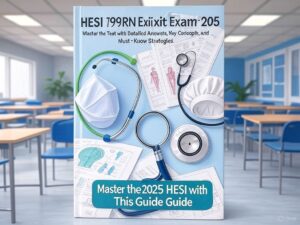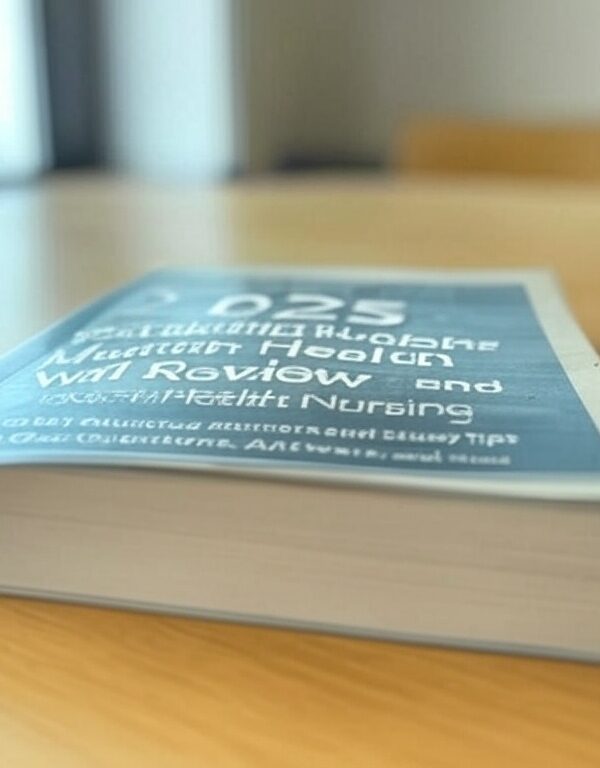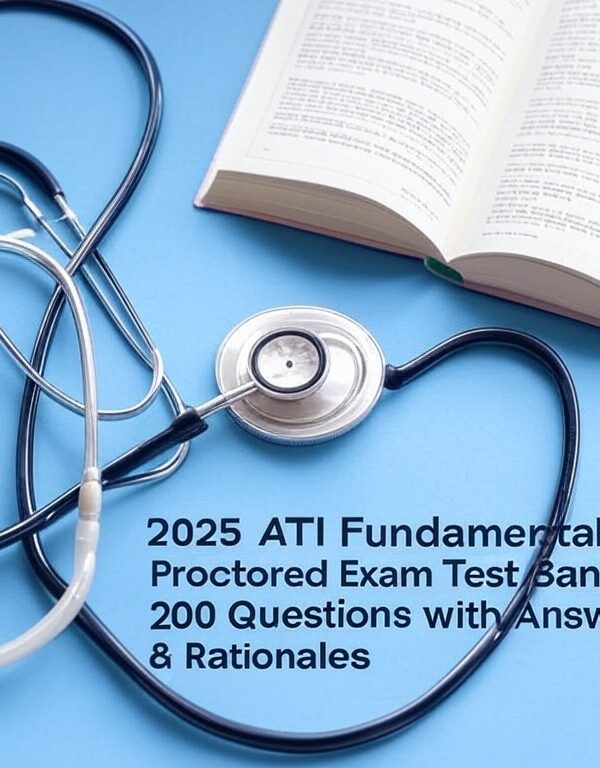-
Comprehensive guide for HESI 799 RN Exit Exam 2025
-
Detailed answers and key nursing concepts
-
Must-know strategies for exam success
-
Tailored for nursing students and RN candidates
-
Boosts confidence and understanding
Preview
An older adult male is admitted with complications related to chronic obstructive pulmonary
disease (COPD). He reports progressive dyspnea that worsens on exertion and his weakness has
increased over the past month. The nurse notes that he has dependent edema in both lower
legs. Based on these assessment findings, which dietary instruction should the nurse provide?
a. Limit the intake of high calorie foods.
b. Eat meals at the same time daily.
c. Maintain a low protein diet.
d. Restrict daily fluid intake. – -CORRECT ANS- -Restrict daily fluid intake.
Rationale: the client is exhibiting signs of Cor pulmonale, a complication of COPD that causes
the right side of the heart to fail. Restricting fluid intake to 1000 to 2000 ml/day, eating a high
calorie diet at small frequent meals with foods that are high in protein and low in sodium can
help relieve the edema and decrease workload on the right-side of the heart.
A preeclamptic client who delivered 24h ago remains in the labor and delivery recovery room.
She continues to receive magnesium sulfate at 2 grams per hour. Her total input is limited to
125 ml per hour, and her urinary output for the last hour was 850 ml. What intervention should
the nurse implement?
a. discontinue the magnesium sulfate immediately
b. Decrease the client’s iv rate to 50 ml per hour
c. Continue with the plan of care for this client
d. Change the client’s to NPO status – -CORRECT ANS- -c. Continue with the plan of care for this
client
Rationale: continue with the plan. Diuresis in 24 to 48h after birth is a sign of improvement in
the preeclamptic client. As relaxation of arteriolar spasms occurs, kidney perfusion increases.
With improvement perfusion, fluid is drawn into the intravascular bed from the interstitial tissue
and then cleared by the kidneys
Which problem reported by a client taking lovastatin requires the most immediate follow up by
the nurse?
a. Diarrhea and flatulence
b. Abdominal cramps
c. Muscle pain
d. Altered taste – -CORRECT ANS- -Muscle pain
Rationale: statins can cause rhabdomyolysis, a potentially fatal disease of skeletal muscle
characterized by myoglobinuria and manifested with muscle pain, so this symptom should
immediately be reported to the HCP.












Reviews
There are no reviews yet.